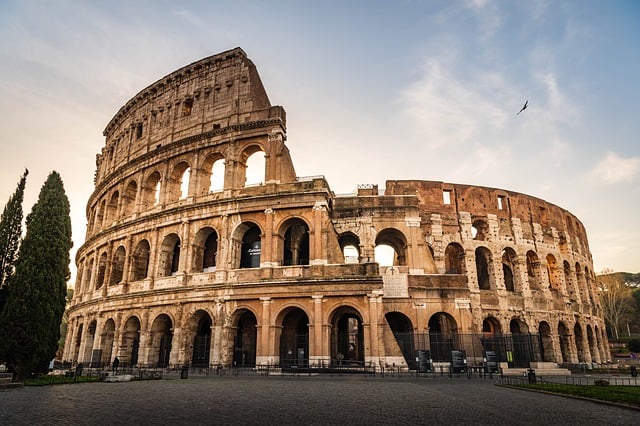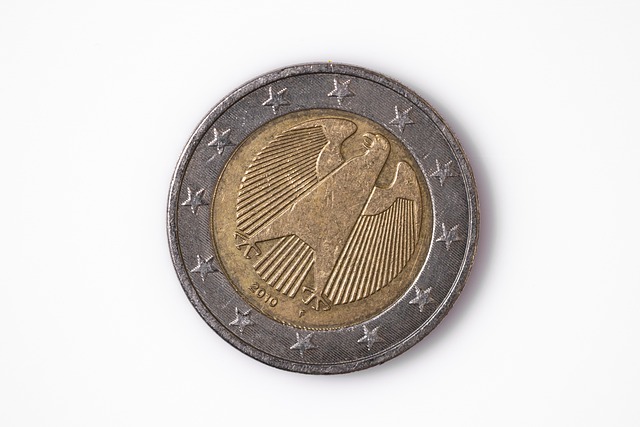
Ancient Rome The Rise and Fall of An Empire
Introduction
The history of Ancient Rome is a captivating narrative that chronicles the rise and fall of one of the most influential empires in human history. Spanning over a millennium, this remarkable civilization has left an indelible mark on the world, shaping politics, culture, and society in ways that continue to resonate today. This article aims to explore the key phases of the Roman Empire, from its inception to its eventual decline, highlighting the pivotal events and figures that defined its legacy.
The Rise of Rome
The origins of Rome can be traced back to 753 BCE, when, according to legend, Romulus founded the city after a series of events that included the famous tale of the she-wolf nurturing him and his brother Remus. Initially, Rome was a small settlement on the banks of the Tiber River, but it gradually expanded through a combination of military conquest and strategic alliances.
By the 6th century BCE, Rome had transitioned from a monarchy to a republic, establishing a complex system of governance that included elected officials and a Senate. This political structure allowed for greater participation from the citizenry, fostering a sense of unity and purpose among the Roman people.
The Expansion of the Republic
As the Republic solidified its power, Rome embarked on a series of military campaigns that would extend its influence across the Mediterranean. The Punic Wars (264-146 BCE) against Carthage were particularly significant, culminating in Rome's dominance over the western Mediterranean. The defeat of Hannibal, one of history's greatest military commanders, marked a turning point that established Rome as a formidable power.
During this period, notable figures such as Julius Caesar emerged, whose military prowess and political acumen would ultimately challenge the very foundations of the Republic. His crossing of the Rubicon River in 49 BCE signified a point of no return, leading to a civil war that would reshape the Roman political landscape.
The Transition to Empire
Following Caesar's assassination in 44 BCE, Rome was plunged into further turmoil. The power struggle that ensued ultimately led to the rise of Augustus, Caesar's adopted heir, who became the first Roman Emperor in 27 BCE. Augustus implemented a series of reforms that stabilized the empire and initiated the Pax Romana, a period of relative peace and prosperity that lasted for over two centuries.
Under Augustus and his successors, the empire expanded to its greatest territorial extent, encompassing vast regions across Europe, North Africa, and the Middle East. This expansion facilitated cultural exchange and economic growth, as trade routes flourished and diverse populations coexisted within the empire.
The Height of Roman Civilization
The 1st and 2nd centuries CE are often regarded as the zenith of Roman civilization. The empire witnessed remarkable achievements in architecture, engineering, and the arts. Iconic structures such as the Colosseum and aqueducts exemplified Roman ingenuity and their commitment to public works.
Moreover, this era saw the flourishing of literature and philosophy, with figures like Virgil, Ovid, and Seneca contributing to a rich cultural tapestry. The spread of Roman law and governance laid the groundwork for many modern legal systems, while the Latin language became the foundation for numerous languages spoken today.
The Decline of the Empire
Despite its grandeur, the Roman Empire faced numerous challenges that ultimately led to its decline. By the 3rd century CE, internal strife, economic instability, and external pressures from invading tribes began to erode the foundations of the empire. The Crisis of the Third Century saw a rapid succession of emperors and civil wars, further destabilizing the political landscape.
In 284 CE, Emperor Diocletian attempted to restore order by dividing the empire into the Eastern and Western Roman Empires. While this division provided temporary relief, it also set the stage for divergent paths that would culminate in the fall of the Western Roman Empire in 476 CE, marked by the deposition of the last emperor, Romulus Augustulus.
The Legacy of Rome
Although the Western Roman Empire fell, the Eastern Roman Empire, known as the Byzantine Empire, continued to thrive for nearly a thousand years. The legacy of Rome endures in various forms, from legal principles to architectural styles, influencing countless civilizations that followed.
Furthermore, the cultural and intellectual achievements of Ancient Rome laid the groundwork for the Renaissance and the modern world. The study of Roman history remains vital for understanding the complexities of governance, society, and human behavior.
Conclusion
The rise and fall of Ancient Rome is a testament to the complexities of human civilization. It serves as a reminder of the fragility of power and the enduring impact of cultural and political legacies. As we reflect on this remarkable empire, we gain valuable insights into the dynamics of history and the lessons that continue to resonate in contemporary society.

















 Pitching Wedge Loft
Pitching Wedge Loft 
 Health
Health  Fitness
Fitness  Lifestyle
Lifestyle  Tech
Tech  Travel
Travel  Food
Food  Education
Education  Parenting
Parenting  Career & Work
Career & Work  Hobbies
Hobbies  Wellness
Wellness  Beauty
Beauty  Cars
Cars  Art
Art  Science
Science  Culture
Culture  Books
Books  Music
Music  Movies
Movies  Gaming
Gaming  Sports
Sports  Nature
Nature  Home & Garden
Home & Garden  Business & Finance
Business & Finance  Relationships
Relationships  Pets
Pets  Shopping
Shopping  Mindset & Inspiration
Mindset & Inspiration  Environment
Environment  Gadgets
Gadgets  Politics
Politics 